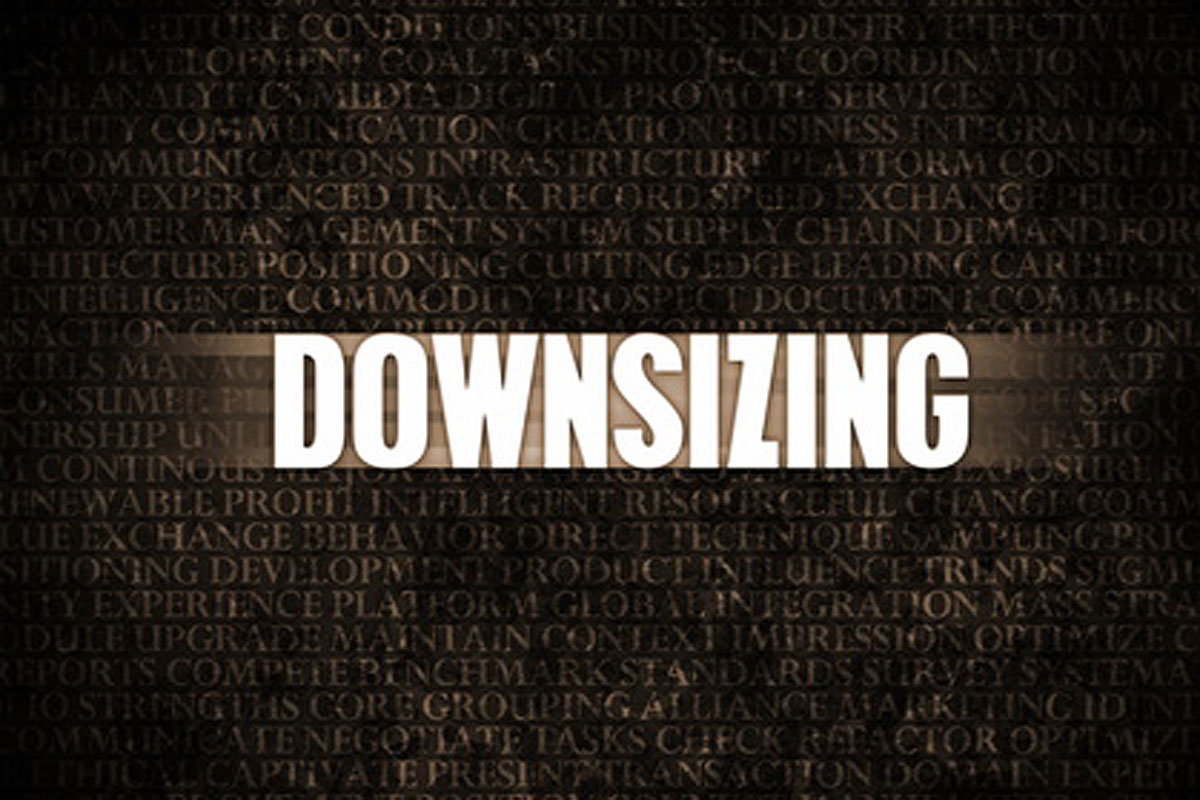Case Study Project Description
The company had built its reputation on appliances, cookware and consumer durable goods. When a conglomerate bought them out, the senior leadership team left. The remaining managers were expected to determine how to pare down the product line and increase profits.
Project Problem
The remaining managers had never had to work through a downsizing exercise. They had been selected from middle management and put in a difficult situation to turnaround the company. Distributors relied on the huge variety in the product line to differentiate themselves in the market. When they heard their favorite products were going to be eliminated, they were told to step up sales or lose the line. The team needed help and guidance in how to execute this strategy without alienating their distributors and each other.
Solution
The team need to learn how to collaborate before they could discuss the new strategy. Times were difficult, tempers short, and this group had never worked together before. Not only did they not know how to have difficult conversations, each person was representing their functional area as not needing to change but other functional areas would have to change to meet the new requirements. Sales did not visit the Manufacturing floor, Marketing did not work in alignment with Sales, and Accounting did not track Gross Margin for any of the departments.
We worked simultaneously on clearing unfinished business between the individuals, acknowledging the difficulty of the situation and getting them to phase that all aspects of their company functions had to change including their own, in order to gain them the profitability they needed. Using their own experience of how difficult change can be helped them to understand their Distributors mind set and how to work through the inevitable show downs that were coming.
Result
Paring the product line down from 200 line items to 30 with the best gross margin took six months. Working through all the distributor conflicts, took another six months. The team would learn to work with our Smart Team tools to help them strategize which products and what approaches they would take to work with the distributors. Instead of leaving the difficult conversations to the Sales VP, because that was his job the team worked together to support the VPs work and they visited distributors in teams. When the manufacturing floor struggled with the line change, the Sales VP would go with the Manufacturing VP and communicate the market needs as well as acknowledge the struggles on the factory floor.
Within two years of the acquisition, the company had become profitable enough that the conglomerate chose to sell them again for a profit. The team felt proud of their accomplishment, meeting the time line of their investor and the needs of the market place.





